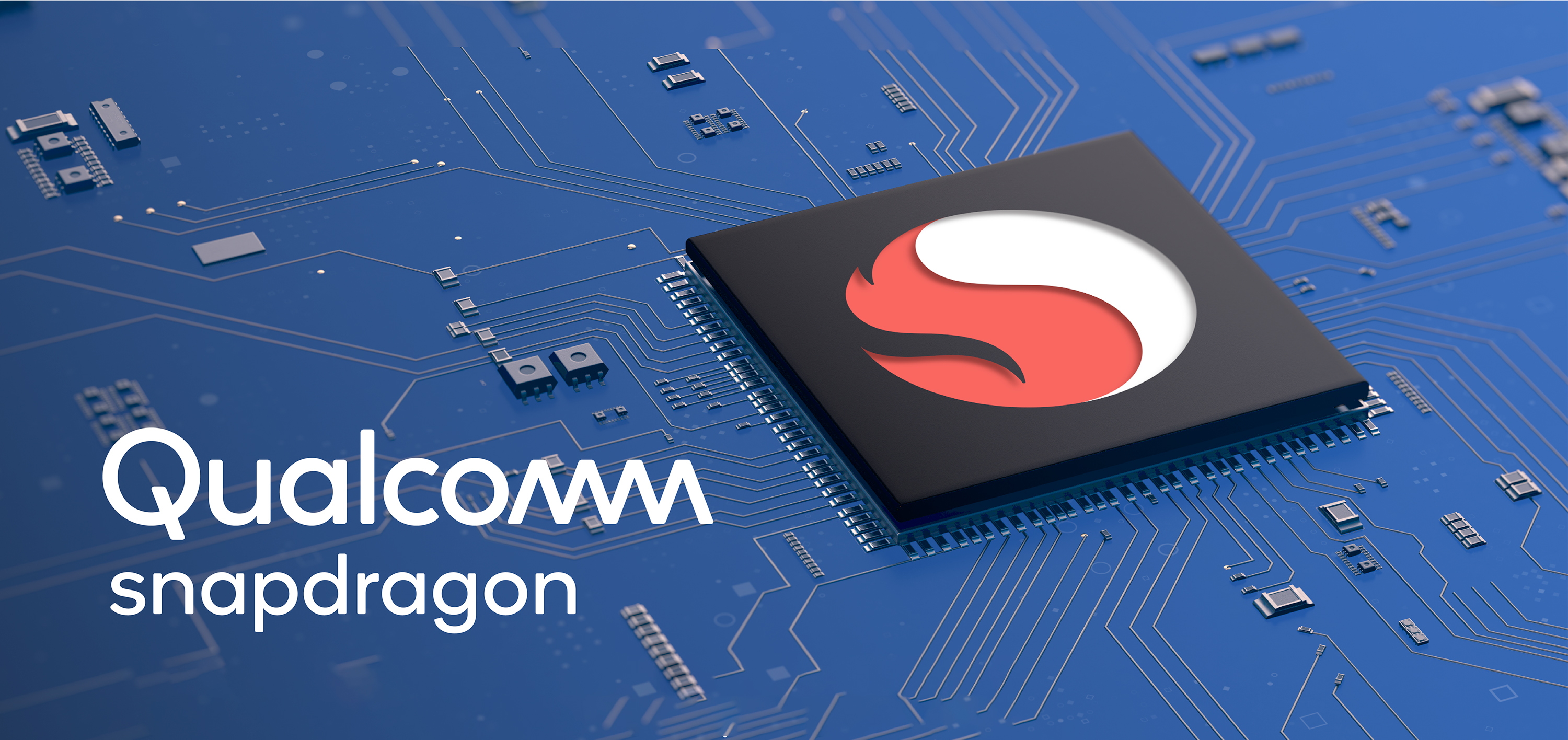Qualcomm to Acquire CPU Designer Nuvia: Focuses on High-Performance Processors
Qualcomm to rival AMD, Apple, and Intel
Qualcomm on Wednesday said that it had agreed to acquire Nuvia, a small yet ambitious microprocessor startup. The takeover of Nuvia will get Qualcomm a high-performance CPU design along with a proven CPU and system architecture design team, something that could give a strong boost to the company's mobile and PC system-on-chip (SoC), and eventually server SoC businesses.
"CPU performance leadership will be critical in defining and delivering on the next era of computing innovation," said Gerard Williams, CEO of Nuvia. "The combination of Nuvia and Qualcomm will bring the industry’s best engineering talent, technology and resources together to create a new class of high-performance computing platforms that set the bar for our industry. We couldn’t be more excited for the opportunities ahead."
Qualcomm Gets New CPU Technology
Under the terms of the agreement, Qualcomm will pay $1.4 billion for Nuvia. It will get Nuvia's CPU designs and technologies. Furthermore, the founders of Nuvia will join Qualcomm's team, including John Bruno, Manu Gulati, and Gerard Williams III, who previously worked on CPUs and system architectures at Apple, AMD, Arm, and Google.
Qualcomm says that Nuvia's CPU technology will be used for its Snapdragon SoCs for smartphones and next-generation always-connected PCs (ACPCs) running Microsoft's Windows or Google's Android. In addition, the same technology will be used for Qualcomm's platforms for self-driving cars. As Qualcomm plans to address smartphones and PCs with Nuvia's technologies, it expects to become a much stronger rival for companies like AMD, Apple, Intel, and Nvidia if the latter succeeds in taking over Arm.
"Creating high performance, low-power processors and highly integrated, complex SoCs are part of our DNA,” said Jim Thompson, Chief Technology Officer of Qualcomm. “Adding Nuvia’s deep understanding of high-performance design and integrating Nuvia CPUs with Snapdragon - together with our industry-leading graphics and AI - will take computing performance to a new level and drive new capabilities for products that serve multiple industries.”
Meanwhile, Qualcomm did not disclose whether it has plans to use Nuvia's processors for SoCs aimed at datacenters that could succeed the company's ill-fated Centriq CPUs.
All major partners of Qualcomm, including Microsoft, Google, Samsung, Acer, Bosch, HP, Lenovo, LG Electronics, Renault, and numerous others have already endorsed the acquisition of Nuvia and expressed excitement about the prospects.
Get Tom's Hardware's best news and in-depth reviews, straight to your inbox.
Ambitious Plans
John Bruno, Manu Gulati, and Gerard Williams III founded Nuvia back in 2019 with a plan to disrupt the cloud server market with a system-on-chip that would offer a significantly higher performance at a fraction of the power of x86 CPUs.
Nuvia's very first server SoC that the company described last year is called Orion, and it is based on custom Phoenix cores. The latter is believed to be based on Arm's Armv9 architecture yet features a revamped pipeline designed to enable the core to scale from power/thermally constrained designs to machines designed for unconstrained performance.
Last year, Nuvia demonstrated its Phoenix core's simulated performance compared to Apple's Lightning and Vortex, Intel's Sunny Cove and Skylake, AMD's Zen 2, and Arm's A77 cores in Geekbench 5. Based on the numbers showcased by Nuvia, its Phoenix could deliver at least 50% higher peak performance (2000 points vs. 1300 points) than AMD’s Zen 2 and Intel’s Sunny Cove at 1/3 of power (4.50W vs. 14.80W) or around 2.5 times higher per-core performance at the same (4.50W) power.
Nuvia never announced that it had taped out its Orion SoC or Phoenix core, so nobody outside of the company understands the design's readiness.
Phoenix to Meet Snapdragon
Assuming that Nuvia's Phoenix is ready now, it could be used for Qualcomm's Snapdragon SoCs that will be released sometime in 2022 at the earliest. That said, it will have to compete against Apple's, AMD's, and Intel's cores due in the coming years. Therefore, it remains to be seen how competitive the core will be against next-generation rivals.
Historically, Qualcomm has developed its custom Arm cores called Kryo, but they are largely based on Arm's off-the-shelf designs and do not offer tangibly higher performance than the standard Cortex-A series. With a full-custom core design, Qualcomm will likely be able to offer considerably higher performance, which might make smartphones and laptops running next-generation Snapdragon SoCs more competitive against handsets powered by Apple's SoCs or notebooks based on processors from AMD or Intel.
What is particularly important is that original designers of the new core will join Qualcomm and will continue to develop their Phonix core architecture, which pretty much guarantees steady performance gains in the coming years, making Qualcomm's SoCs considerably more competitive going forward.

Anton Shilov is a contributing writer at Tom’s Hardware. Over the past couple of decades, he has covered everything from CPUs and GPUs to supercomputers and from modern process technologies and latest fab tools to high-tech industry trends.


